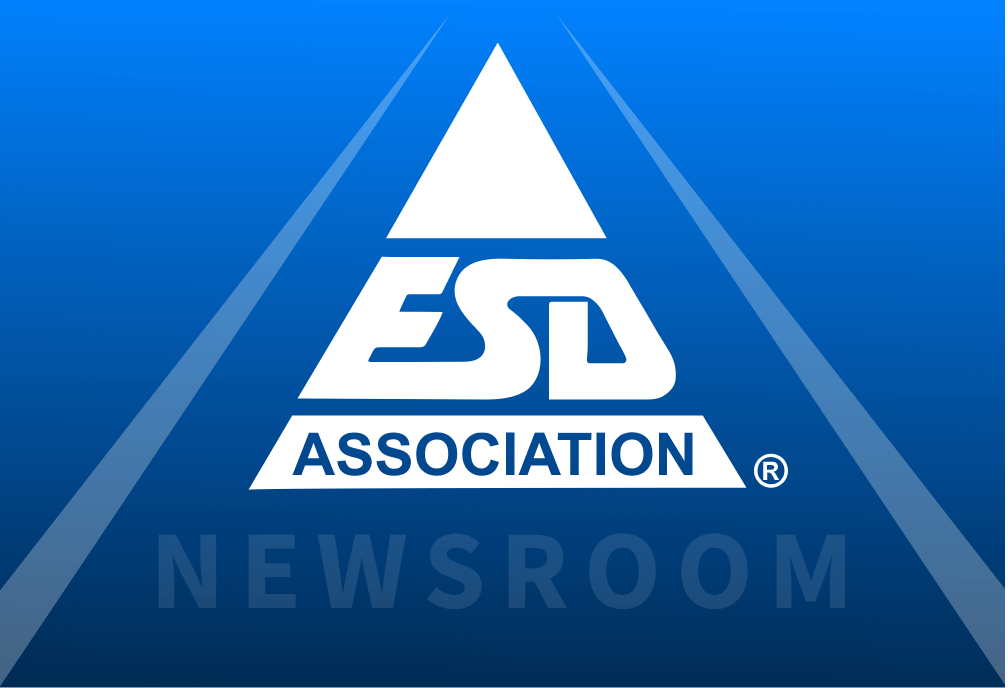An Overview of ANSI/ESD S20.20
An Overview of ANSI/ESD S20.20
Static electricity, a natural phenomenon that has existed for centuries, has long been a source of both curiosity and concern in various industries. Its first problematic manifestation likely dates back to the invention of gunpowder, where unexplained ignitions during chemical blending operations posed serious risks. In industrial settings, the issue of static electricity became more apparent with the invention of Gutenberg’s automatic printing press in 1440. Static control was also crucial in industries dealing with explosives, such as munitions, pyrotechnics, and petroleum processing, where grounding of tools, equipment, and personnel became standard practice as early as Benjamin Franklin’s time.
Electrostatic discharge (ESD) occurs every day, often without notice, in the form of brief electric shocks. While typically harmless in everyday life, ESD can cause serious damage in industries where sensitive electronic components are involved. The advent of metal-oxide-semiconductor field-effect transistors (MOSFETs) in the 1960s highlighted the detrimental effects of ESD, leading to a greater awareness of the need for ESD control in modern technology. Today, the risks posed by ESD are not only limited to electronics but also extend to cleanrooms, textiles, and graphic arts, as static can lead to contamination, component failure, or even fires in flammable environments.
The EOS/ESD Association, Inc. (ESDA) was established to address these concerns, developing standards and best practices for controlling ESD in various industries concentrating on the electronics industry. A landmark development in ESD control came in 1995 when the U.S. Department of Defense (DoD) asked the ESDA to lead the creation of an updated ESD control standard for both military and commercial use. The result was the introduction of ANSI/ESD S20.20 in 1999, which quickly became the industry standard, adopted by the DoD and various military branches. MIL STD 1686, an earlier standard, was canceled in 2021, and by the early 2000s, the ESDA’s ANSI/ESD S20.20 standard was used for establishing ESD control processes in facilities. This led to the creation of the ESD facility certification program, and further certifications such as the ESD Certified Professional Program Manager and ESD TR53 Certified Technician programs.
The ANSI/ESD S20.20 standard has become the cornerstone for developing effective ESD control programs. It outlines comprehensive guidelines for identifying and implementing ESD control measures such as flooring, seating, packaging, and personnel grounding. This standard is essential for safeguarding sensitive electronic components and minimizing failure rates. In addition, the ESD TR53 technical report provides requirements for compliance verification of ESD control items, ensuring that companies meet necessary safety and performance standards. In 2021, the ANSI/ESD S20.20 standard was updated, followed by a revision of the companion document, ESD TR53, in 2022. Another companion document, ESD TR20.20, is currently being revised to reflect the feedback from these updates.
By adopting these standards, businesses can mitigate the risks of ESD, ensuring the protection of their equipment, maintaining customer confidence, and avoiding costly failures. The continued evolution of ESD control standards and certification programs underscores the importance of addressing this invisible yet potentially destructive force in modern industry.
ANSI/ESD S20.20 Control Program Requirements
The fundamental ESD control principles that form the basis of ANSI/ESD S20.20 are:
- All conductors in the environment, including personnel, shall be bonded or electrically connected and attached to a known ground or contrived ground (as on shipboard or aircraft). This attachment creates an equipotential balance between all items and personnel. Electrostatic protection can be maintained at a potential above a "zero" voltage ground potential if all items in the system are at the same potential.
- Process essential insulators in the environment cannot lose their electrostatic charge by attachment to ground. Ionization systems provide neutralization of charge on these process essential insulators (circuit board materials and some device packages are examples of necessary insulators). Assessment of the ESD hazard created by electrostatic charge on the process essential insulators in the workplace is required to ensure that appropriate actions are implemented, commensurate with the risk to ESDS items.
- Transportation of ESDS items necessitates enclosures in protective materials, although the type of material depends on the situation and destination. While these materials are not discussed in the document, it is important to recognize the differences in applications. For more clarification, see ANSI/ESD S541.
The ESD control program plan is the principal document for implementing and verifying the Program. The goal is a fully implemented and integrated Program that conforms to internal quality system requirements. The ESD control program plan shall identify the areas within the Organization that are a part of the overall ESD control program.
An ESD control program offers several key benefits, including:
- Enhanced awareness of ESD across the organization
- Improved adherence to established process standards
- Cost savings through the reduction of failures and repair needs
- Consistency with industry standards and best practices
- Clear demonstration of quality assurance to potential clients
- Increased marketability and competitive advantage
The administrative and technical requirements of an ESD control program include:
- training
- product qualification
- compliance verification
- grounding/equipotential bonding systems
- personnel grounding
- ESD protected area (EPA) requirements
- packaging
- marking
Adhering to the requirements outlined in ANSI/ESD S20.20 is a sound business decision that mitigates the risk of poor customer experiences and potential revenue loss. The guidelines provided by EOS/ESD Association, Inc. are clear, practical, and essential for ensuring optimal organizational performance. Given that a single component failure can result in the loss of a customer, the time and financial investment required to implement these requirements is a worthwhile and strategic commitment.
